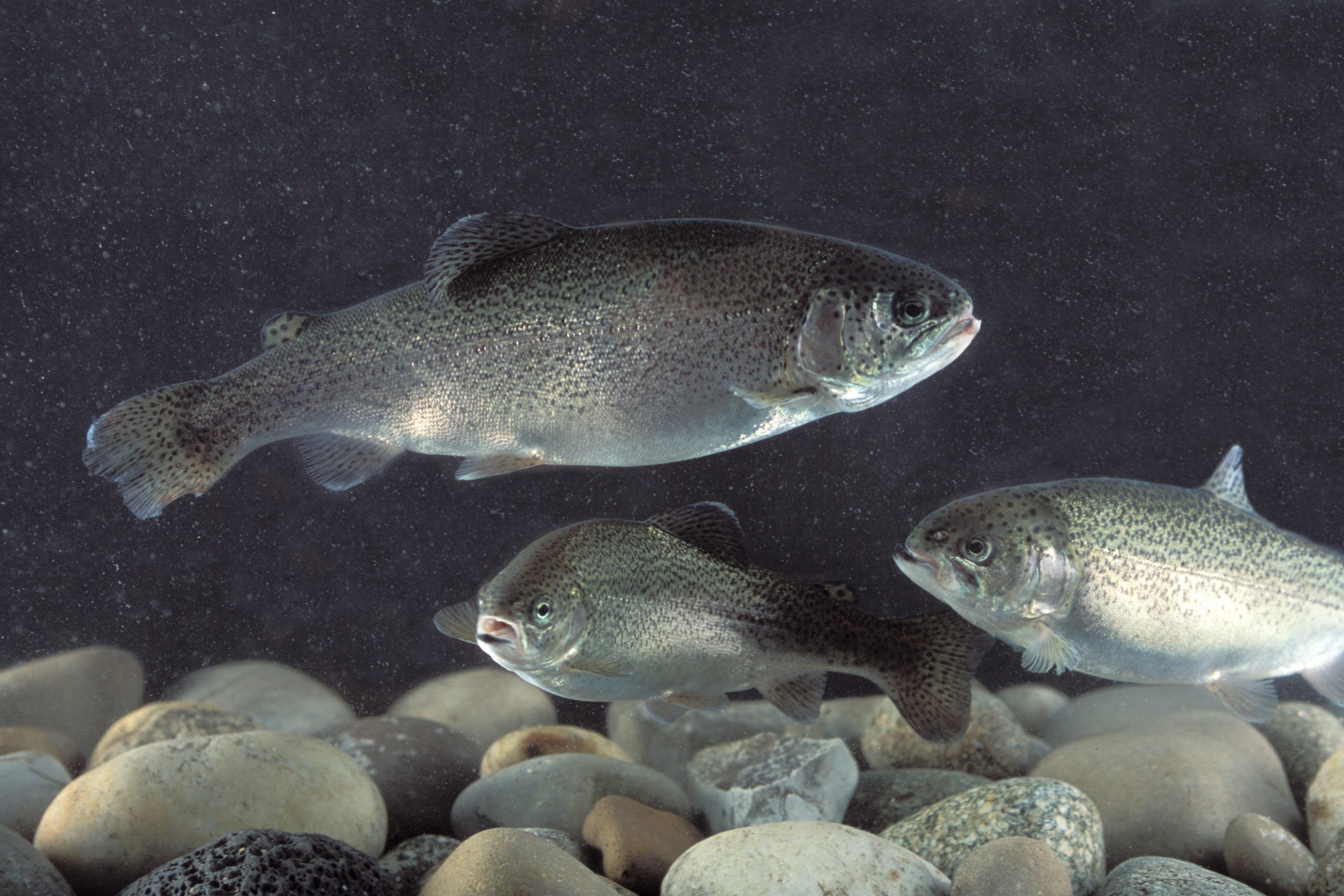Mycotoxins in plant meals: A risk for farmed fish

The tendency and the economical need to replace expensive animal-derived proteins, such as fish meal, with less expensive plant proteins sources, have increased the impact of mycotoxin contamination in aquaculture feeds.
Research characterising the adverse effects of mycotoxins on the performance and health of animals has in large part focused on terrestrial livestock species. However, in recent years, research has been carried out on the effects of mycotoxins in aquaculture species. This became even more important with the high cost of fish meal and the need to identify more economical protein sources, such as plant protein or other commercially available plant by-products. Generally, most of the mycotoxins that have the potential to reduce growth and health status of aquaculture farmed animals are produced by Aspergillus, Penicillium and Fusarium species. Toxic metabolites produced by these fungi are known to be either carcinogenic (e.g. aflatoxin (AF) B1, ochratoxin A (OTA), fumonisin (FUM) B1), estrogenic (zearalenone (ZEN)), neurotoxic (fumonisin B1), nephrotoxic (ochratoxin), dermatotoxic (trichothecenes) or immunosuppressive (aflatoxin B1, ochratoxin A and T-2 toxin).
High levels of Fusarium and aflatoxins
The results obtained in this survey program have been summarised and presented during the European Aquaculture conference 2017. Globally, Fusarium mycotoxins were the most prevalent compounds found in the samples testing positive, followed by aflatoxins. Concerning the contamination levels, some plant meals that are commonly used in aquaculture such as corn gluten meal and corn DDGS, showed high levels. Common contaminants of the aforementioned commodities were DON and FUM. Corn DDGS showed an average contamination of 3,844 µg kg−1 and 2,791 µg kg−1 for FUM and DON respectively; and maximum occurrence of 28,605 µg kg−1 and 10,445 µg kg−1 for FUM and DON respectively. Corn gluten meal showed average contamination of 1,688 and 2,250 µg kg−1 for DON and FUM, respectively and maximums of 8,871 and 11,882 µg kg−1 for DON and FUM, respectively. Mycotoxin co-occurrence was generally very high for all the samples analysed. On average, 74% of the analysed samples presented more than 1 mycotoxin in the same sample.
Rainbow trout is extra sensitive
DON, one of the most prevalent mycotoxins in the samples analysed, is known to cause adverse effects in several aquatic species, especially in rainbow trout (Oncorhynchus mykiss). DON is normally responsible for decreases in growth, feed intake, feed efficiency, protein and energy utilisation. The levels of DON found in some commodities might represent a threat for aquaculture species, depending on the inclusion levels of these plant meals in the finished feeds. FUM, also very prevalent among the collected samples, was also found in considerable high concentrations, especially in corn gluten meal and corn DDGS. Fumonisins inhibits the sphinganine (sphingosine) N-acyltransferase (ceramide synthase), a key enzyme in the lipid metabolism, resulting in the disruption of this pathway. It is known that rainbow trout liver is sensitive to FUM, inducing changes in sphingolipid metabolism on values lower than 100 µg kg−1 (Meredith et al. 1998) and inducing cancer in 1 month old trout (Riley et al. 2001). Crustaceous can be very sensitive to FUM as well, being reported that Litopenaeus vannamei is sensitive to FB1 on values lower than 200 µg kg−1 (García-Morales et al. 2013).
Significant impact for aquaculture
The contamination levels found in plant meals commonly used in aquaculture were high and in 74% of samples there were two or more mycotoxins potentially leading to additive or synergistic effects. These results highlight the mycotoxin-related risk to growth performance and immunosuppression that can lead to significant economic impacts in the aquaculture sector.
References are available on request.











